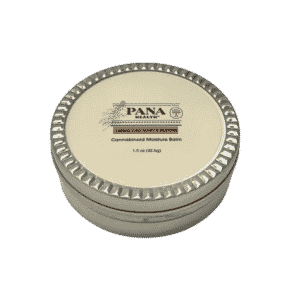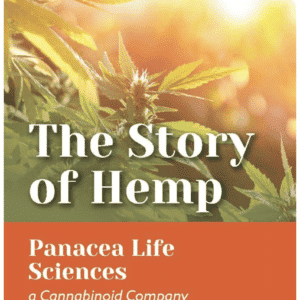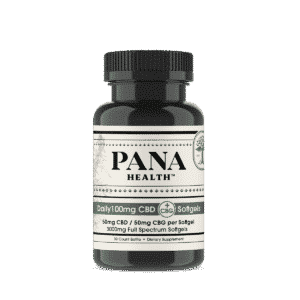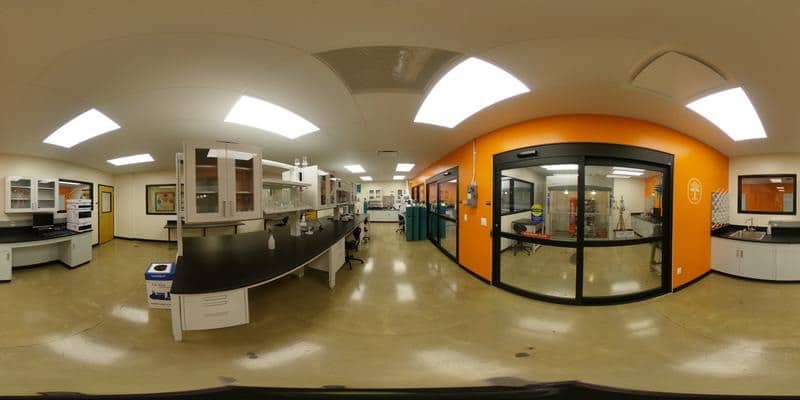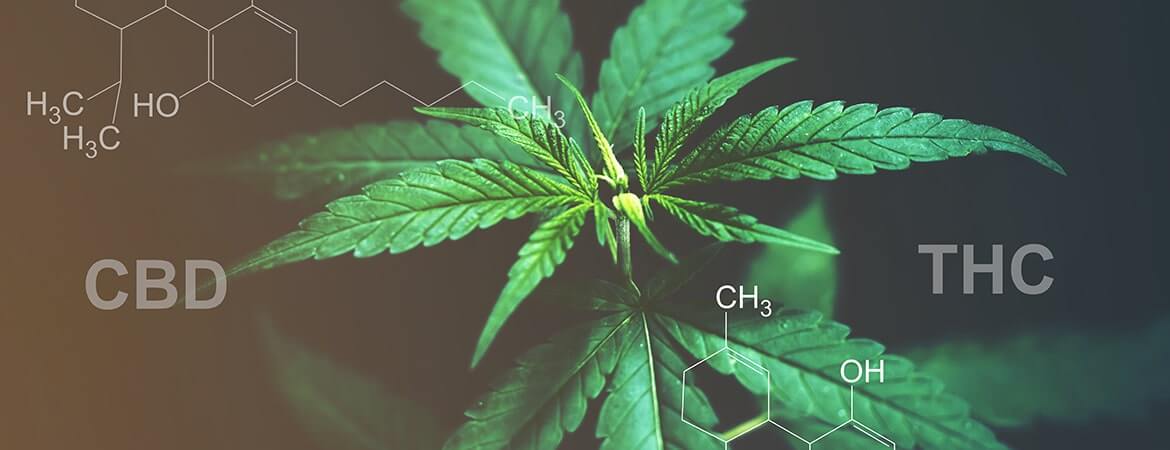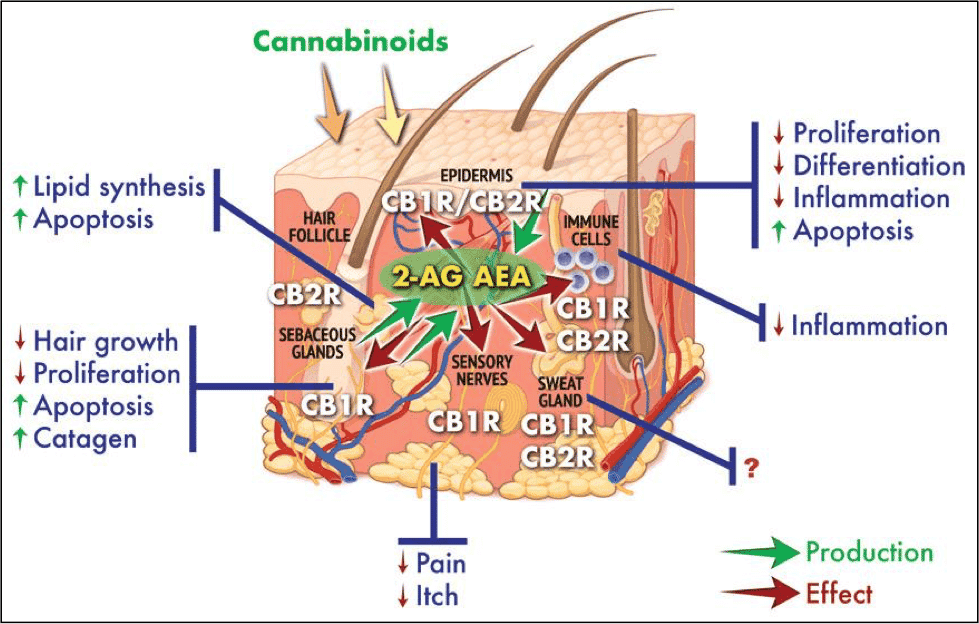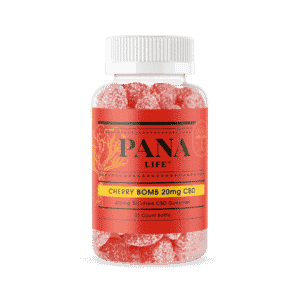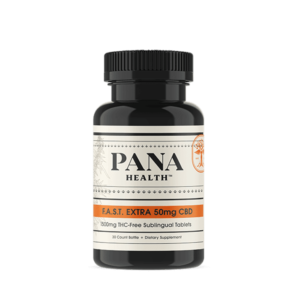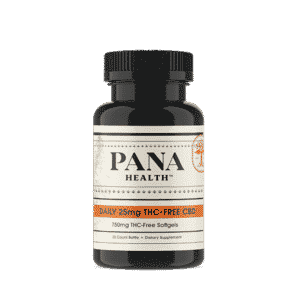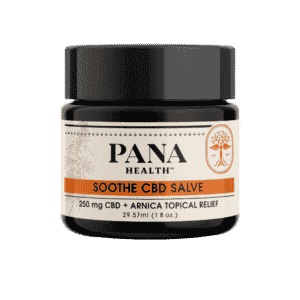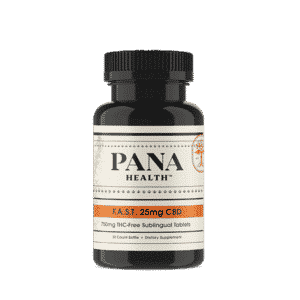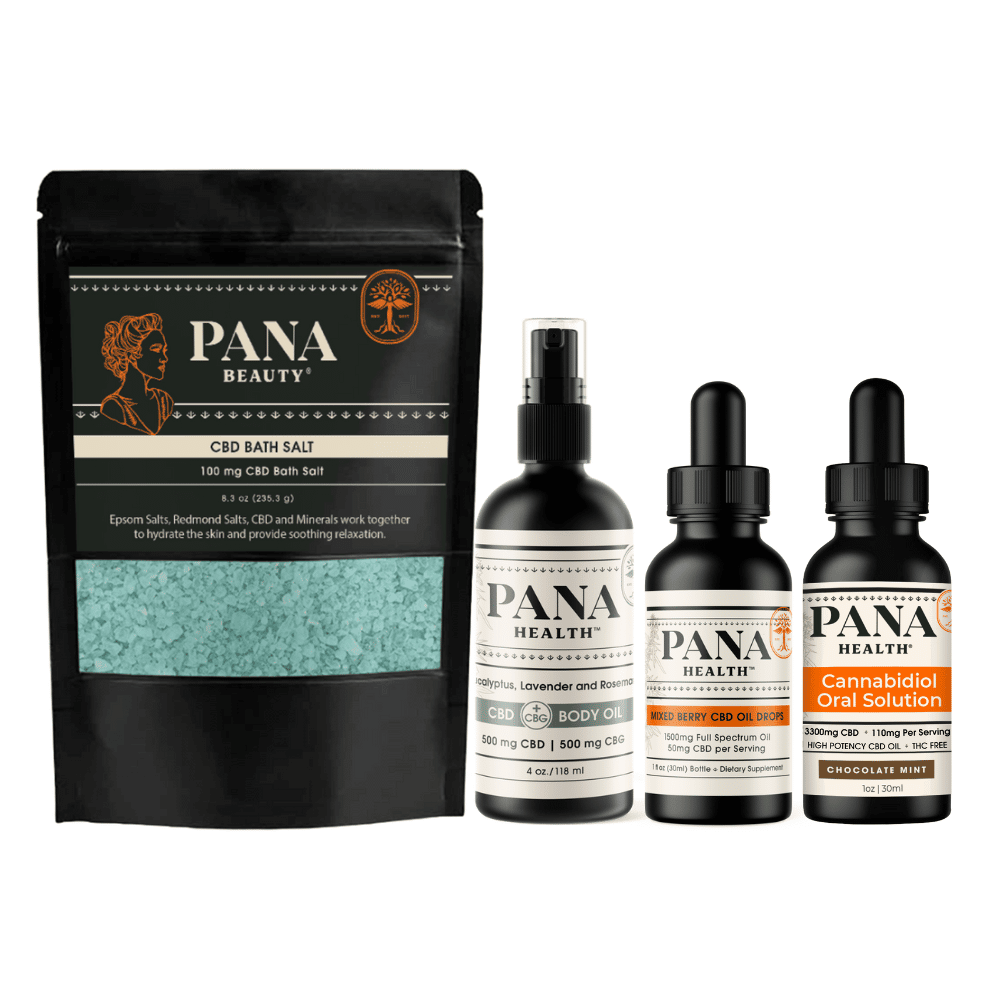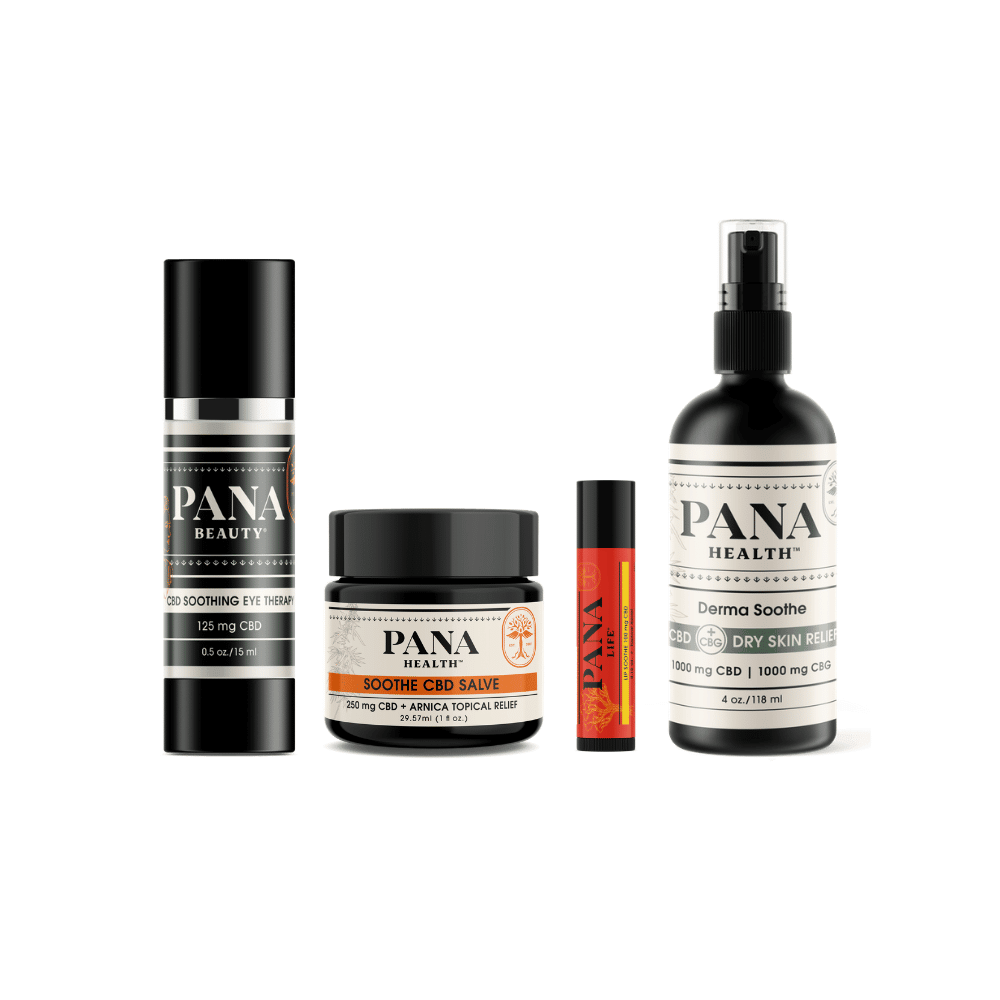Cannabidiol (CBD) and Tetrahydrocannabinol (THC) are often confused with one another. So, we’ll explain the difference later. Is it possible to make CBD completely THC free? The simple answer is yes!
Now, if you are reading this article it is likely that you want to know the specifics. In this blog post we will explain what CBD is and what it is not. We will explain what THC is and what it is not. Then we will talk about the process in which CBD is extracted from the hemp plant. After that we will explain the difference between full spectrum and isolated CBD. And finally, we will give you different options of CBD that are available.
What is CBD?
Okay, so what is CBD? CBD is one of the cannabinoids found in the Cannabis sativa plant. There are many cannabinoids found in the Cannabis sativa plant. Another commonly known cannabinoid is THC. THC and CBD are often confused with one another. However, they are very different.
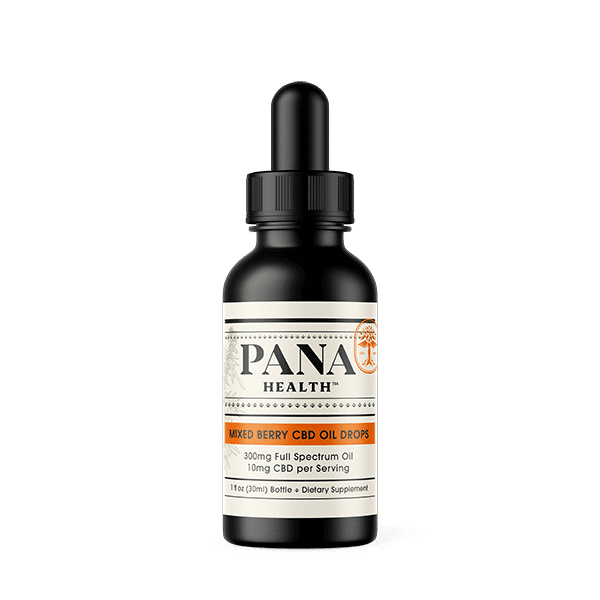
THC is the cannabinoid that gives users the ‘high’ when used. THC is only legal in a handful of states. This is because of the inebriating effects it has. Some of these states only allow marijuana to be grown for medicinal purposes where others are able to use it recreationally.
CBD and THC are found in the same plants, but marijuana has a higher percentage of THC than CBD. The hemp plant however has high amounts of CBD and that is one of the reasons why CBD is legal in all 50 states. The 2018 Farm Bill gave the right for farmers to grow and sell the hemp plant across the states. This is because CBD does not give users a “high” and can be used in many different forms. So, how is the CBD and THC extracted from the Cannabis sativa plants you may ask? Read on to find out.
Extraction Process
There are several different ways that CBD is extracted from the variations of the Cannabis sativa plant. Here are three common ones:
Steam Distillation: In this extraction process the steam separates the CBD oil from the plant itself. The hemp is placed in a separate container while a boiler is full of water beneath the hemp. Once boiling, the steam travels upward to extract the CBD oil vapors from the hemp plant. The vapor from the plant is then trapped in a tube and added to oil or water. After this is collected, the oil is extracted from the water to make an oil.
Solvent Extraction (Hydrocarbons and Natural Solvents): This process is similar to the above method. But, in this process one would use a type of solvent rather than water. The solvent and CBD oil are combined and then the solvent is extracted leaving the CBD behind. There are two types of solvents used: hydrocarbons and natural solvents.
Carbon Dioxide Extraction: Carbon dioxide extraction uses both carbon dioxide liquid and gas properties to extract. To start this extraction, two different pressurized chambers are used. One, with the carbon dioxide, while the other holds the hemp plant. Then the chamber filled with carbon dioxide is pumped into the second chamber holding the hemp, where it breaks down the hemp plant and separates it from the CBD oil. The mixture is then pumped into a third chamber where the carbon dioxide is evaporated, leaving the CBD oil alone.
Full Spectrum Versus Isolate Versus Broad Spectrum
Now that we understand the extraction process. How do you get CBD alone without THC? The hemp plant alone has very high amounts of CBD and very low amounts of THC. For a product to be CBD it must have less than .3% of THC in it. This percentage does not have the ability to get one ‘high’. However, there are still people that would prefer a 100% THC free product. And those are available! You just need to know the difference between full spectrum, an isolate and broad spectrum.
Full Spectrum: Full Spectrum CBD is a full cannabinoid profile. This means that it also includes that .3% of THC as well as other cannabinoids.
Isolates: An Isolate is an isolated cannabinoid. So, in our case the only cannabinoids found would be CBD and CBD alone. No other cannabinoids are present.
Broad Spectrum: This type of extraction leaves all cannabinoids intact other than THC. So, you may reap the benefits of all of the cannabinoids including CBD but, not THC.
We know this may be a little hard to understand. So, if you only want CBD go for a CBD isolate! For more information click here.
Types of CBD Products
Now that you know how there are different types of CBD out there, you may be wondering what types of CBD products are available. Here are a few:
- Tinctures: Tinctures are an oil like substance that is placed in the mouth (often under the tongue) and is absorbed into the bloodstream from there. This is one of the quickest ways to get CBD into your system.
- Soft gels: Soft gels are full of CBD and are administered orally. After swallowing it will go through the digestive system to reach the stomach. From there the outer layer is dissolved and the CBD is absorbed by the lining in the stomach to reach the bloodstream. This option takes longer but is just as effective.
- Edibles: Edibles are similar to soft gels in the way they reach the bloodstream. But, instead of swallowing a pill you get to eat a tasty gummy instead.
- Topicals: There are several types of topical CBD products. Salves, lotions, creams and even hand sanitizer. These types of CBD never fully reach the bloodstream but offer benefits from the pores in the skin. These work best when applied liberally and often.
- Tablets: Tablets are similar to tinctures in the way they reach the bloodstream. But instead of an oil the tablet dissolves on the tongue.
- Vapes: Panacea Life Sciences does not advocate for the use of CBD vapes, but it is an option. Once the CBD vape is inhaled it reaches the bloodstream through the lungs.
THC Free CBD
Hopefully after reading this blog post our customers have more knowledge to continue through their CBD journey. If you have any questions, please feel free to email us at [email protected].
Links:


